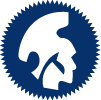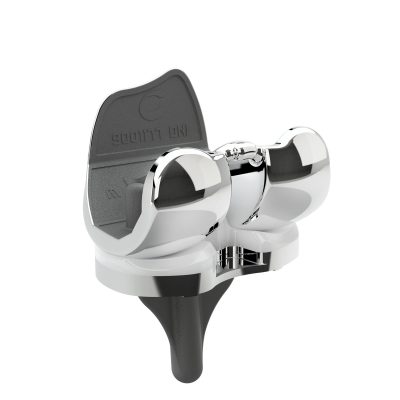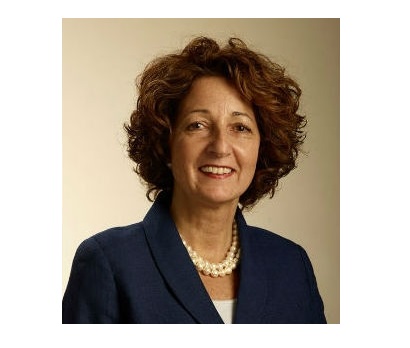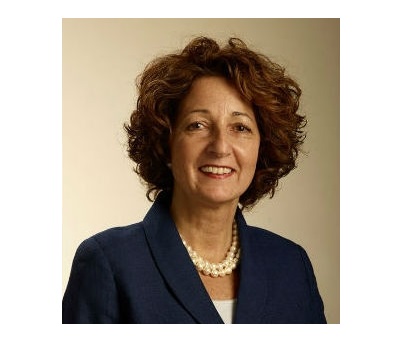 Dave, would you please give us a brief overview of your Orthopedic career and how you got started in the business?
Dave, would you please give us a brief overview of your Orthopedic career and how you got started in the business?
Immediately following my graduation from the Business School at Arizona State University I went to work for American Hospital Supply Corporation. As I progressed through my career with AHSC, they provided excellent training in Sales, plus Sales and General Management This foundation prepared me for my subsequent career in Orthopedics,
My Orthopedic career began in 1982. I have enjoyed the privilege of being a part of four startup/early-stage companies, a global contract manufacturer for Orthopedics and Spine, and some of the major joint companies. My responsibilities have ranged from Sales and Product Management, Senior Sales & Marketing roles, and General Management. They include running the US business for a European based multinational orthopedic company, President of a Digital Imaging company focused on Orthopedic practices, and Global Sales and Customer Satisfaction Leadership for the contract manufacturing division of a Swedish conglomerate who supplied implants and instrumentation to major Orthopedic and Spine companies. Early in my orthopedic career I realized my passion was for technology-based orthopedic, early-stage companies.
My first technology based startup was Intermedics Orthopedics where we introduced a new titanium mesh ingrowth surface to orthopedics. The next endeavor was Orthologic, a bone growth stimulation company which possessed a unique and very effective waveform for the healing of delayed and non-union fractures. As Vice President of Sales & Marketing we grew the company from $0 to $30 million in three years and subsequently acquired Sutter Biomedical. I also served as the Vice President of Sales & Marketing at DonJoy. From there I was recruited by Aesculap Orthopedics to run their U.S. business. Aesculap pioneered Computerized Surgical Navigation and introduced it to America. They also introduced the first Advanced Surface Technology coated knee for patients who are allergic to Cobalt, Chrome, and Nickel. Prior to coming to Myoscience, I spent five years as the West Area Vice President for Biomet Orthopedics with responsibility over Joint Reconstruction, Trauma, Sports Medicine and Biologics. I currently serve as the Executive Vice President, Commercialization for Myoscience.
There is no question the technology Myoscience has introduced is the most exciting I have experienced in my 36 year orthopedic career.
Can you share some of the back story on Myoscience as well as a general overview of where things stand today?
 Myoscience, founded in 2005, is a private-equity funded medical technology company based in the Silicon Valley. Its proprietary technology, the iovera° system, was developed as a nontoxic alternative to Botox and initially marketed in Europe.
Myoscience, founded in 2005, is a private-equity funded medical technology company based in the Silicon Valley. Its proprietary technology, the iovera° system, was developed as a nontoxic alternative to Botox and initially marketed in Europe.
In 2013, the iovera system was cleared by the FDA for treating peripheral nerves with cryoanalgesia to block pain. The iovera° therapy blocks pain by cryoneurolysis, which is a localized disruption of the signal-carrying members of a nerve. This is referred to as cryoanalgesia – pain relief by applying extreme cold. Physicians explain this treatment to their patients as “freezing of nerves”.
Robust, level 1 clinical studies have found the iovera therapy to be effective as:
A non-opioid nerve block, the effects of which are immediate and long-lasting for treating chronic and perioperative pain.
Since 2016, Myoscience has focused its commercialization efforts on treating chronic knee pain due to osteoarthritis and acute knee pain after total knee arthroplasty. These well-defined market segments help Myoscience establish its iovera technology as a pain management modality of choice, especially to address the opioid crisis the country in currently facing.
Can you explain a high level overview of how the technology works?
The iovera system uses centuries-old, well-established principles of cryoanalgesia. The advantage of using nitrous oxide as the cryogen is it limits the temperature range (-20C to -88C) of cold applied to the target nerve(s). This ensures that the lysis of the nerve is within the 2nd degree of nerve disruption per Sunderland’s classification, which renders this to be reversible.
The therapy is delivered through a compact, cordless and hand-held device. Pressurized liquid nitrous oxide is delivered into closed-end needles, where it is allowed to expand to gas. The phase change produces -88C at the tips of the needles. Moisture from the surrounding tissue freezes to form a small tic-tac sized ice ball at the distal end of these needles. This is sufficient to cause the desired selective lysis of the targeted nerve.
The nitrous oxide gas is vented out through the hand-held device. Therefore, no drug or chemical is delivered into the body.
There is one important distinction – cryoneurolysis by the iovera system should not be confused with cryoablation. Cryoablation is a complete and permanent damage and removal of tissue, most commonly associated with Heat Radio Frequency treatments. The effect of cryoneurolysis, on the other hand, is transient and reversible.
What is the “Why” behind the iovera system?
The opioid crisis in our country is not expected to end any time soon. More than 15% of patients continue to depend on opioids six months after TKA surgery and 40% of patients who use opioids before TKA continue to depend on these drugs several months after surgery.
Physicians and surgeons are trying to use several modalities to limit the dependence on opioids. The iovera therapy has been identified as one of those modalities.
The significant advantage of the iovera therapy over all other modalities is it is drug-free, very localized and non-systemic. It takes a physician or a PA or NP less than 30 minutes to administer it. The provider receives positive confirmation of the treatment because the iovera therapy is administered while the patient is awake.
Where would we expect to see the iovera device being used in the market place?
The safety and efficacy of the iovera technology has been well-established via robust, randomized clinical studies, especially for treating knee pain. Myoscience is currently completing another study on the knee at the Campbell Clinic in Memphis, Tennessee. The results from this study are not only encouraging, but further confirm what has already been observed. The early results were presented at a symposium during the recent AAHKS Meeting. The study results have been selected for a podium presentation by William Mihalko, MD, the Principal Investigator, at the March 2019 American Academy of Orthopedic Surgeons Meeting.
We are currently enrolling patients in a study to establish the iovera therapy’s efficacy in treating patients who undergo ACL repair/reconstruction surgery. Additionally, we plan to expand the application of the iovera therapy to treat shoulder pain and the all-too-prevalent low back pain.
Any closing thoughts or remarks as we wrap up the interview?
The iovera therapy is intended for preventing opioid addiction. The federal government and several state governments are focused on fighting the crisis after the patient is addicted to opioids. Our objective is to prevent the addiction; not fight it after the fact.
Surgeons are beginning to refuse TKA for patients if they don’t receive the iovera therapy. This is a profound statement, especially from the thought leaders in the orthopedic industry. Several surgeons have referred to technology as a “game changer.”
I appreciate the contributions of Jessica Preciado, PhD, our Director of Clinical Research & Principal Scientist and Kris Kumar, our Director, Marketing and Product Management to this article.
Myoscience’s journey has just begun. We foresee the iovera therapy as the pain management modality of choice for treating the pain and symptoms of several diseases in the coming years.
Dave, we really appreciate your time today. Congratulations on all of the success thus far and we look forward to seeing what’s in store for you and the entire team at Myoscience.





